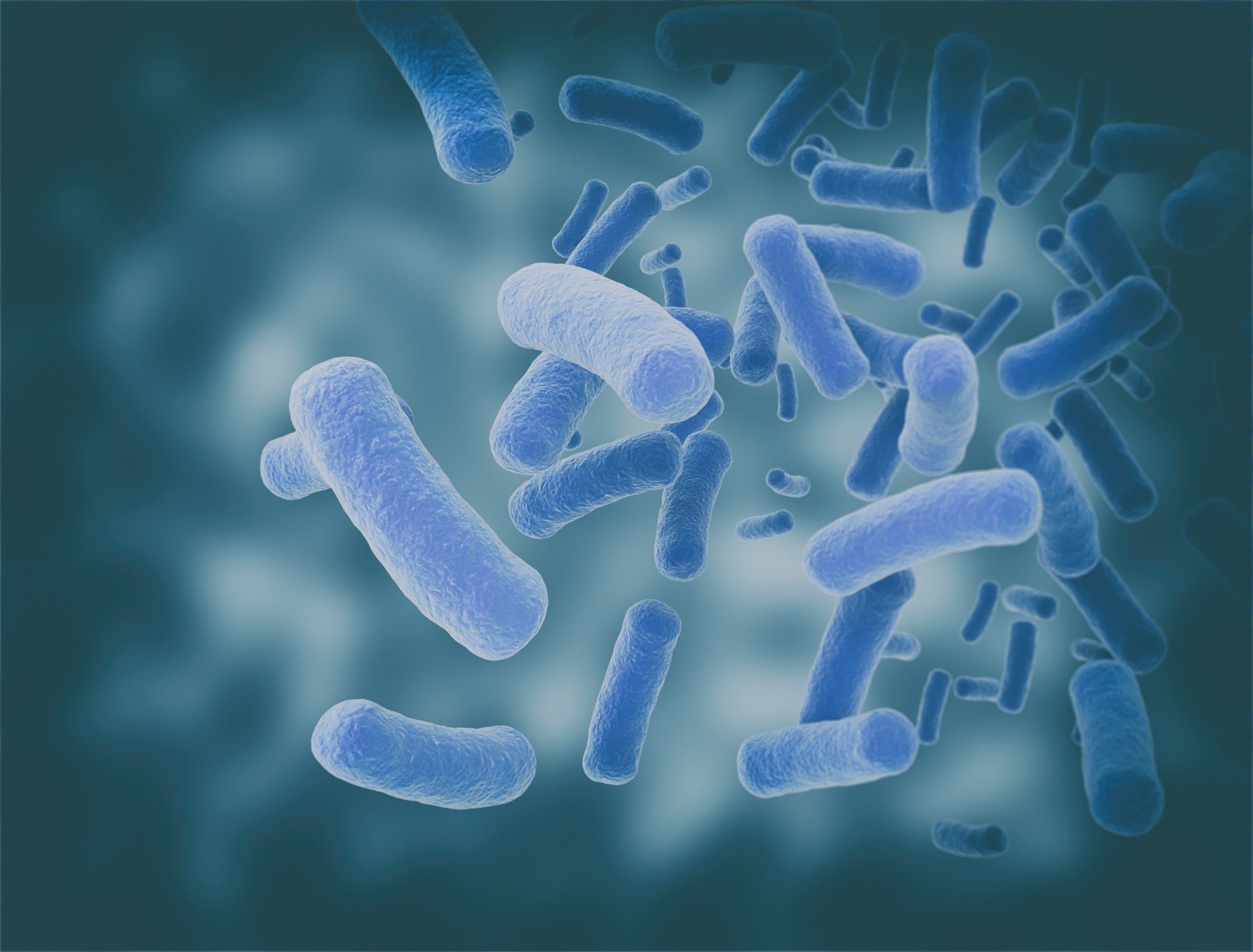Salmonella Can Form Biofilms, May Be Tied to Disease via Autoimmune Reaction

Pathogenic bacteria such as Salmonella typhimurium were seen for a first time to form biofilms, or dense clusters of bacteria that can adhere to surfaces and withstand harsh conditions, in the intestines of mice in a study. Salmonella was previously thought to only form biofilms in the environment.
These biofilms produce an amyloid protein called curli, which caused an autoimmune inflammation response in infected mice, its researchers reported. Amyloid protein buildup has been associated with Parkinson’s disease, Alzheimer’s disease, and amyotrophic lateral sclerosis (ALS).
“There has been speculation that bacteria can stimulate amyloid plaque formation in Alzheimer’s, Parkinson’s and ALS and contribute to disease progression,” Aaron White, PhD, a study author with the University of Saskatchewan said in a press release. “The discovery of curli in the gut could represent an important link, pointing to a potentially infectious cause for these diseases.”
The study, “In vivo synthesis of bacterial amyloid curli contributes to joint inflammation during S. Typhimurium infection,” was published in the journal PLOS Pathogens.
Salmonella is a bacteria found in food. Once exposed, most people with healthy immune systems will only develop digestive symptoms, such as diarrhea.
Roughly 5% of these people, however, develop an autoimmune reaction to the bacteria, called reactive arthritis, which causes joint pain and other symptoms.
Salmonella and other bacteria can form structures called biofilms — dense, multicellular structures that allow the bacteria to withstand potential threats, including toxic chemicals and oxidative stress (cellular damage as a consequence of high levels of oxidant molecules).
One hallmark of Salmonella biofilm formation is the production of the protein curli, which takes the shape of thin fibers that protrude from the surface of the biofilm.
To understand whether Salmonella could synthesize curli in vivo, researchers at the University of Saskatchewan and Temple University orally infected mice, making sure that the bacteria used had not previously synthesized curli protein.
After confirming that the mice had been infected, they found curli in the animals’ intestines.
“We are the first to show that a food-borne pathogen can make these types of proteins in the gut,” White said.
Treating mice with antibiotics prior to infection did not prevent the formation of curli protein. Researchers did find, however, that curli production was limited to the gastrointestinal tract, and did not spread to the liver or spleen of infected mice.
They then looked at how the mouse immune system responded to curli, specifically noting the presence of anti-DNA autoantibodies that are evident in instances of autoimmunity.
After several weeks, these antibodies were seen in higher numbers in mice infected with Salmonella, indicating the presence of an autoimmune response.
Interestingly, oral exposure to purified curli alone did not lead to autoimmunity. This happened only “in the context of an invasive pathogen like S. Typhimurium,” the researchers wrote.
The team intends to further investigate whether these behaviors also occur in humans, and whether other types of bacteria and forms of curli protein contribute to similar autoimmune responses.
This is especially relevant to diseases such as Alzheimer’s and Parkinson’s, which are known to be caused by the buildup of plaques that contain amyloid proteins.
According to researchers, the synthesis of amyloids, such as curli, by pathogens “may stimulate cross-seeding interactions with other amyloidogenic proteins, such as alpha-synuclein or beta-amyloid, with the potential for long-term systemic and neurological impacts on the host.”
“This important discovery suggests that food-borne pathogens could initiate or worsen autoimmunity and have the potential to contribute to amyloid disorders such as Alzheimer’s and Parkinson’s disease,” said Volker Gerdts, director of the Vaccine and Infectious Disease Organization – International Vaccine Centre (VIDO-InterVac) at the University of Saskatchewan.






